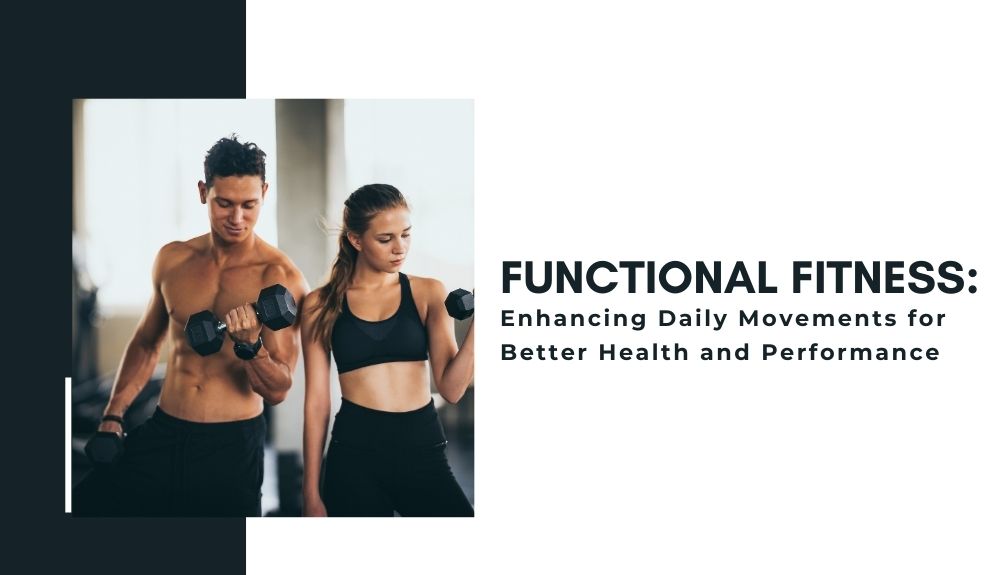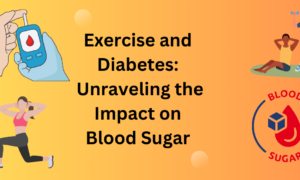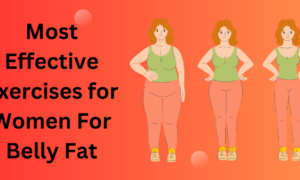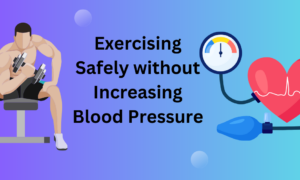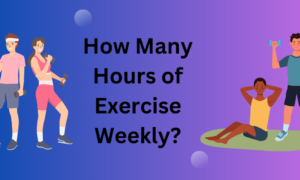Are you tired of traditional workouts that don’t translate to real-life movements? Functional fitness might just be the game-changer you’ve been looking for! Say goodbye to monotonous routines and hello to exercises that enhance your daily activities while improving your overall health and performance. Let’s dive into the world of functional fitness and discover how it can revolutionize your workout regimen.
The Benefits of Functional Fitness
Functional fitness offers a wide range of benefits that go beyond just physical appearance. It focuses on improving your body’s ability to perform daily activities efficiently and safely, enhancing overall functionality in everyday life.
One major benefit is the improvement in balance, coordination, and stability. By engaging multiple muscle groups simultaneously through Functional movement patterns, you can enhance proprioception and reduce the risk of falls or injuries.
Another advantage is increased strength and endurance as functional exercises mimic real-life movements like bending, lifting, twisting, and reaching. This translates into better performance not only in the gym but also during tasks at work or home.
Moreover, functional fitness can help alleviate chronic pain by correcting imbalances and strengthening weak areas. Most importantly, it promotes longevity by enhancing mobility and flexibility as we age.
By incorporating functional fitness into your routine, you’ll experience improved posture, reduced joint strain, increased energy levels throughout the day – all contributing to a healthier and more active lifestyle.
Exercises for Functional Fitness
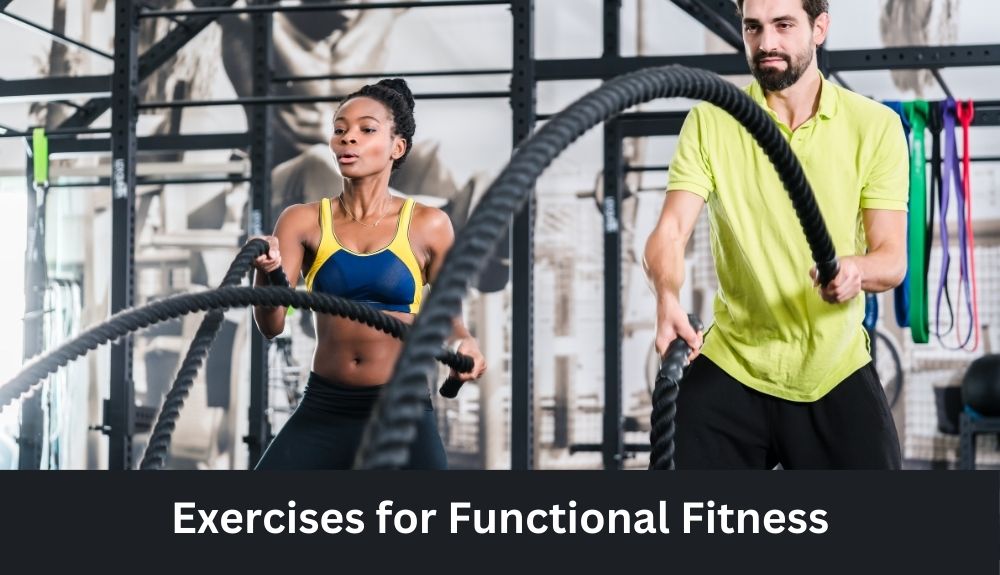
When it comes to functional fitness, incorporating the right exercises is key to enhancing daily movements and overall performance. Functional exercises focus on mimicking real-life activities to improve strength, balance, and flexibility.
Bodyweight exercises like squats, lunges, and push-ups are great for building functional strength. These movements engage multiple muscle groups simultaneously, helping you move more efficiently in your daily tasks.
Incorporating stability exercises such as planks or single-leg stands can improve balance and core strength. A strong core is essential for maintaining proper posture and preventing injuries during everyday activities.
Functional training also includes dynamic movements like kettlebell swings or medicine ball throws. These exercises help with power development and coordination, translating into improved performance in sports or other physical activities.
Adding mobility drills such as hip openers or shoulder rotations can enhance flexibility and range of motion. Improved mobility allows for smoother movement patterns in daily tasks like bending down to pick something up or reaching overhead.
By including a variety of functional exercises in your workout routine, you can better prepare your body for the demands of everyday life while improving overall health and vitality.
Incorporating Functional Fitness into Daily Life
Incorporating functional fitness into your daily routine can significantly improve your overall health and well-being. It’s not about spending hours in the gym or following complicated workout plans; it’s about moving your body in ways that enhance your everyday movements.
Start by incorporating simple exercises like squats, lunges, push-ups, and planks into your daily routine. These movements mimic actions you do regularly, making them practical and effective for improving strength and mobility.
Consider walking or biking to work instead of driving, taking the stairs instead of the elevator, or doing a quick workout during your lunch break. Small changes can lead to significant improvements over time.
Don’t be afraid to get creative with how you incorporate functional fitness into your day. Use household items as weights, practice balance exercises while brushing your teeth, or stretch while watching TV.
Remember that consistency is key when it comes to reaping the benefits of functional fitness. Find ways to make it enjoyable and sustainable so that it becomes a natural part of your daily life.
Tips for Staying Consistent and Progressing in Functional Fitness
Consistency is key when it comes to functional fitness. Setting realistic goals and creating a structured routine can help you stay on track. Find activities that you enjoy, whether it’s hiking, swimming, or strength training. Mix things up to keep it interesting and prevent boredom from creeping in.
Listen to your body and give yourself rest days when needed. Recovery is just as important as the workout itself. Stay hydrated, eat nutritious foods, and prioritize sleep for optimal performance and progress.
Tracking your progress through journaling or using fitness apps can help you see how far you’ve come and motivate you to keep going. Surround yourself with like-minded individuals who support your fitness journey.
Don’t be afraid to challenge yourself by increasing weights or trying new exercises. Push past your comfort zone but always prioritize safety first. Celebrate small victories along the way to boost morale and maintain momentum in your functional fitness journey.
Common Myths About Functional Fitness Debunked

Functional fitness has been gaining popularity in recent years, but along with its rise comes some common myths that need to be debunked. One prevalent myth is that functional fitness is only for athletes or gym enthusiasts. In reality, anyone can benefit from functional exercises, regardless of their fitness level.
Another misconception is that you need fancy equipment to do functional workouts. The truth is, many functional movements can be done using just your body weight or simple tools like resistance bands and kettlebells. Functional fitness isn’t about the equipment; it’s about how you move your body efficiently and effectively.
Some may believe that functional training is not effective for building strength and muscle mass. However, incorporating compound movements like squats, deadlifts, and push-ups into your routine can help you build both strength and muscle while improving overall movement patterns.
There’s a myth that traditional weightlifting or cardio workouts are superior to functional training. While those types of exercise have their benefits, integrating functional movements into your routine can enhance your daily life by improving balance, coordination, flexibility, and stability.
Conclusion: How Functional Fitness Can Improve Overall Health and Performance
Functional fitness is not just a trend, it’s a lifestyle. By incorporating functional movements into your daily routine, you can improve your overall health and performance in various aspects of life. From enhancing mobility and flexibility to increasing strength and balance, the benefits of functional fitness are vast.
By focusing on exercises that mimic real-life activities, you can better prepare your body for the demands of everyday life. Whether it’s carrying groceries up the stairs or playing with your children at the park, functional fitness can help you move more efficiently and with less risk of injury.
So, next time you hit the gym or workout at home, remember to incorporate exercises that have a direct impact on how you move in your daily life. By staying consistent with your functional fitness routine and continuously challenging yourself to progress, you’ll not only see improvements in your physical abilities but also experience enhanced overall well-being.
Start today and reap the benefits of functional fitness for a healthier and more active lifestyle!

